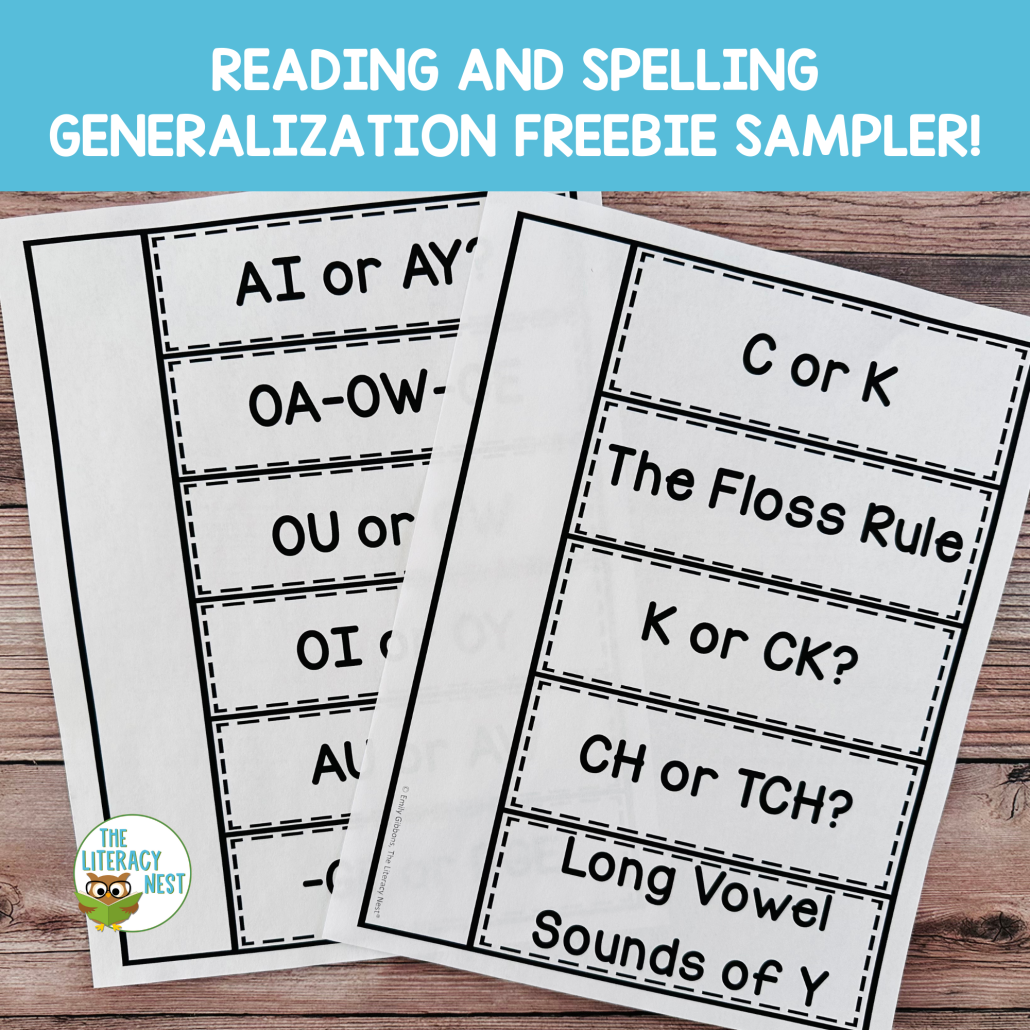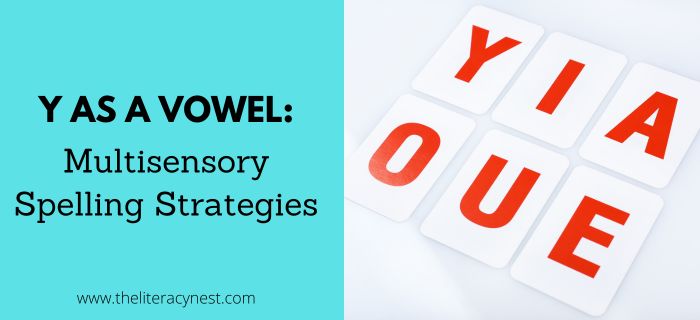Is it -OUS or -US? How to Teach This Spelling Generalization

The more students know the more complicated spelling becomes. They begin to need to take into consideration not only sound and symbol correspondence, but the word’s morphology and part of speech. One potentially confusing concept is words that end in -ous or -us. Both endings are pronounced /ǝs/. So how do we know when to use -ous and when to use -us?
When to Use -OUS and When to Use -US
The difference boils down to usage. The vowel suffix -ous turns a word into an adjective and means full of, having, or characterized by. It is found in such words as dangerous, adventurous, and nervous.
In contrast, words ending in -us are generally nouns. -us is less identifiable as a suffix and in many cases is part of the root from which the word originates. It might more accurately be described as a noun ending than as a suffix. It is found in singular nouns such as virus, focus, and campus.
While a non-dyslexic child is likely to learn the correct usage quickly through exposure, for the student with dyslexia, typically more focused explicit work is needed. It would be helpful for students to be quite familiar with the concept of nouns and adjectives before tackling this differentiation.
Exceptions to this Generalization
There are a few exceptions:
- The word bogus is usually an adjective despite the -us ending.
- Versus generally acts as a preposition.
- Finally, the word minus can be a noun but depending on usage can also be an adjective or a preposition.
Here are Six Simple Teaching Ideas for -OUS and -US:
Download this printable guide for teaching -OUS and -US!
1. Establish an understanding of nouns and adjectives first.
- A noun is a person, place, thing, or idea and can be preceded by an article such as a, an, the, or a number like one. Because the -us word ending applies only to singular nouns, it is not necessary to address phrases such as two campuses.
- An adjective is a describing word and describes a noun.
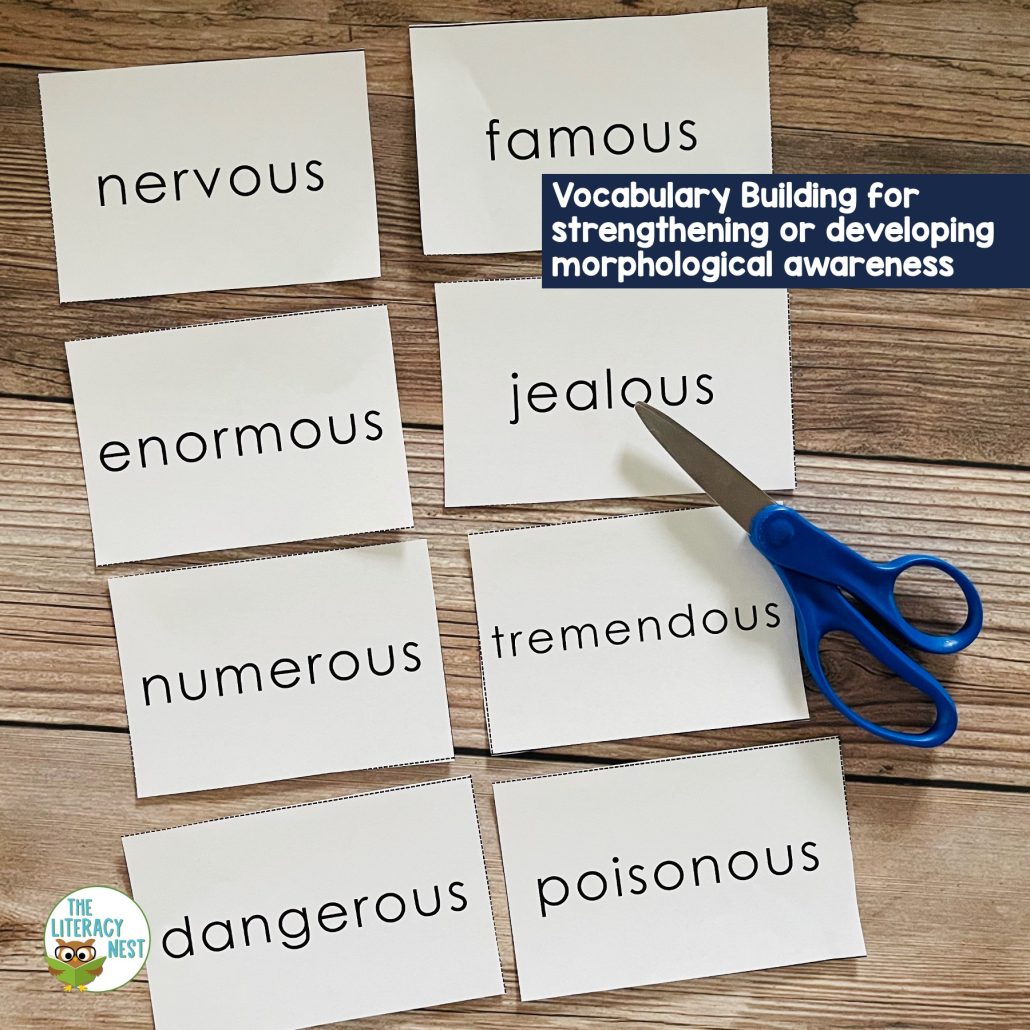
2. Sorting
Practice sorting words by part of speech and visually by spelling.
3. Vocabulary practice
Build vocabulary as you practice the use of -ous and -us endings.
4. Use target words
Using target words in sentences and expanding simple sentences is an excellent way to reinforce these spellings and improve writing skills at the same time.
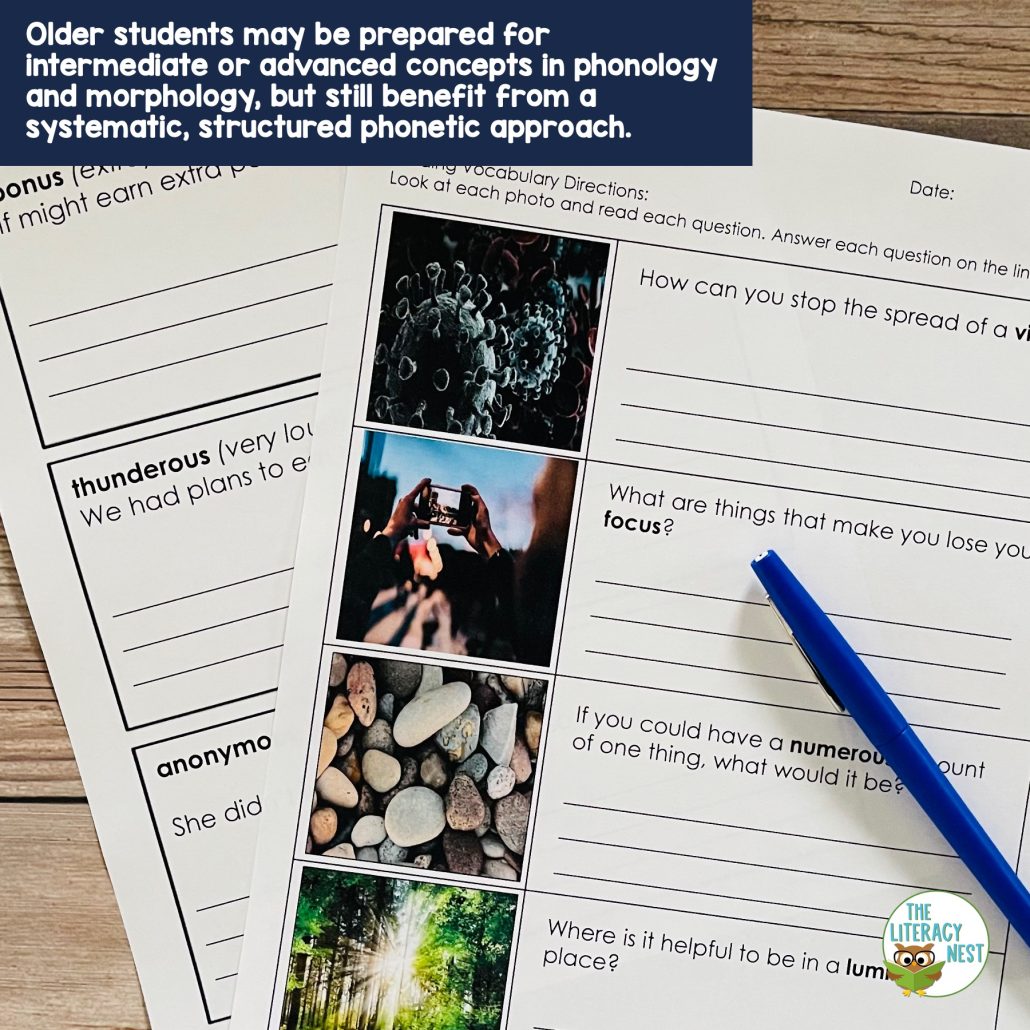
5. Play games
Reinforce both reading and writing in games that have 1 player read the word while the other one writes the word with a whiteboard and marker.
6. Read passages
Locate and highlight -ous and -us words in a reading passage and discuss word meaning and functions.
Download our Reading and Spelling Generalizations freebie sampler! It includes mini posters, a note-taker, and a handy cheat sheet with links to blog posts and a video with teaching tips!
-OUS and -US Advanced Orton-Gillingham Activities
Older students may be prepared for intermediate or advanced concepts in phonology and morphology, but still benefit from a systematic, structured phonetic approach. This resource for teaching the suffix -OUS and -US is a real time-saver! It is compatible with Orton-Gillingham lesson plans, dyslexia intervention, and other reading interventions.
You can grab it at The Literacy Nest Shop.
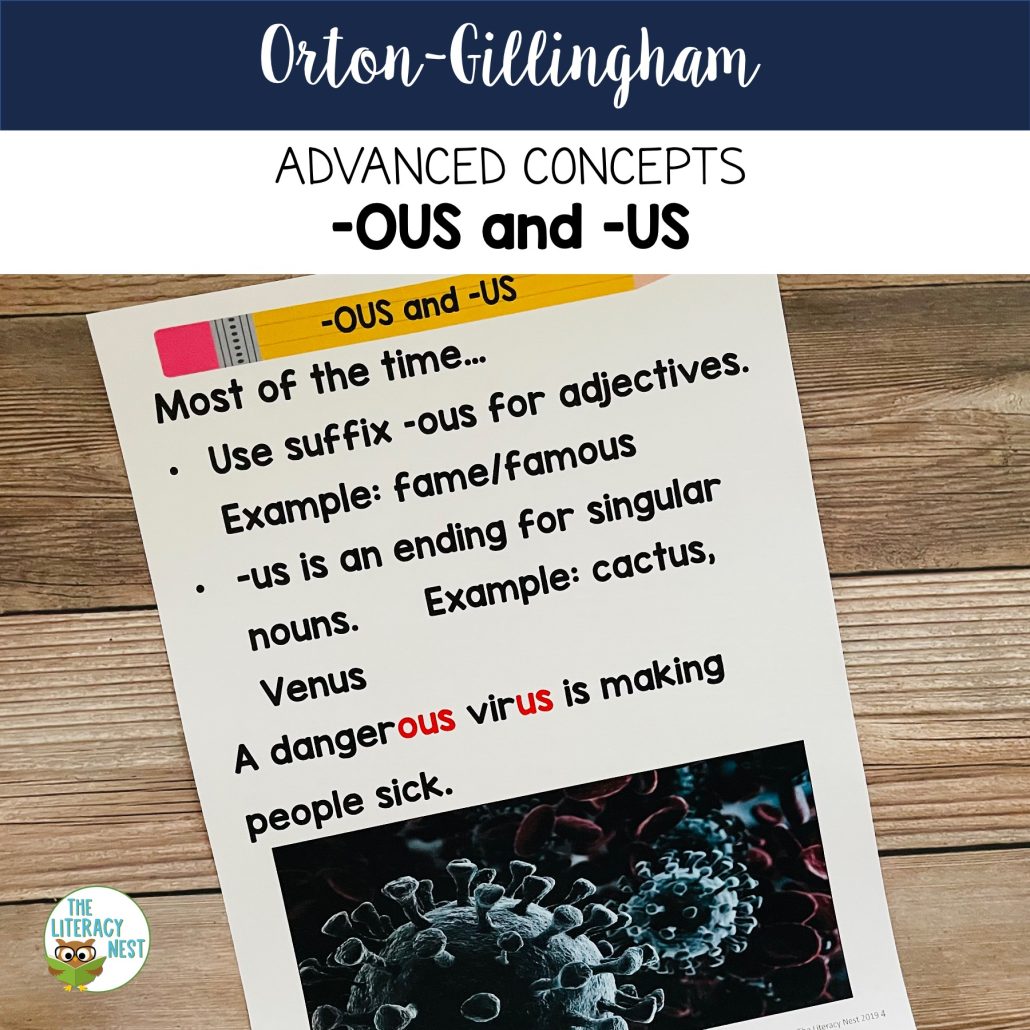
If you are seeking more advanced practice, you’ll want to check out this Spelling Generalizations bundle. And be sure to catch our other spelling generalization blog posts HERE for LOTS more tips.
Are you looking for a list of -ous or -us words? Word List Builder has got you covered!
Save time searching for -ous or -us words! Create customized and meaningful review, build your folder of words, create templates and games, and much more in Word List Builder.


